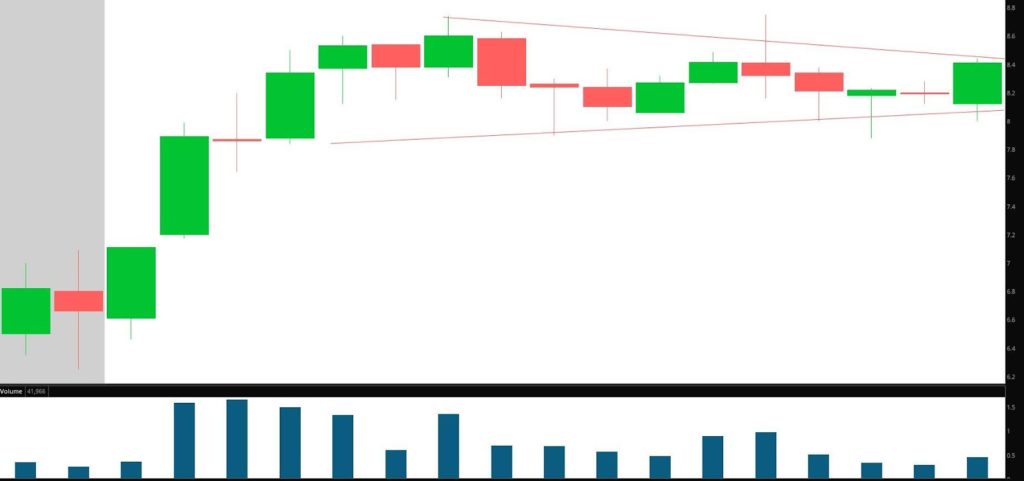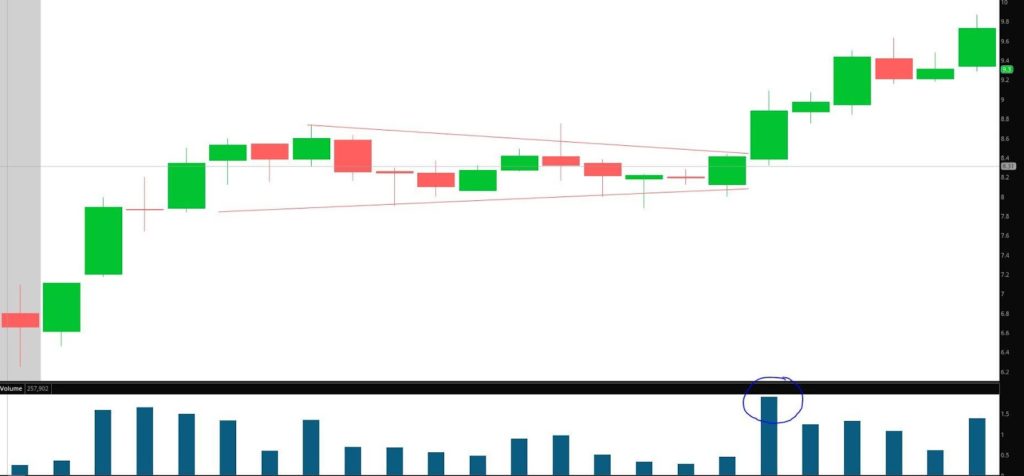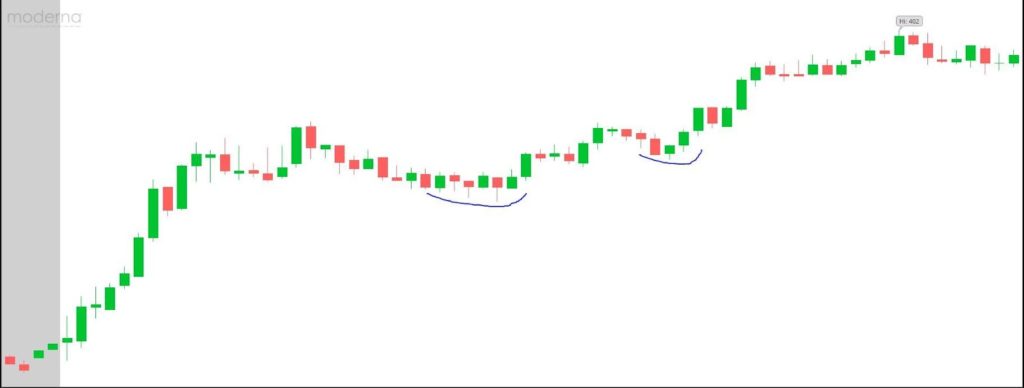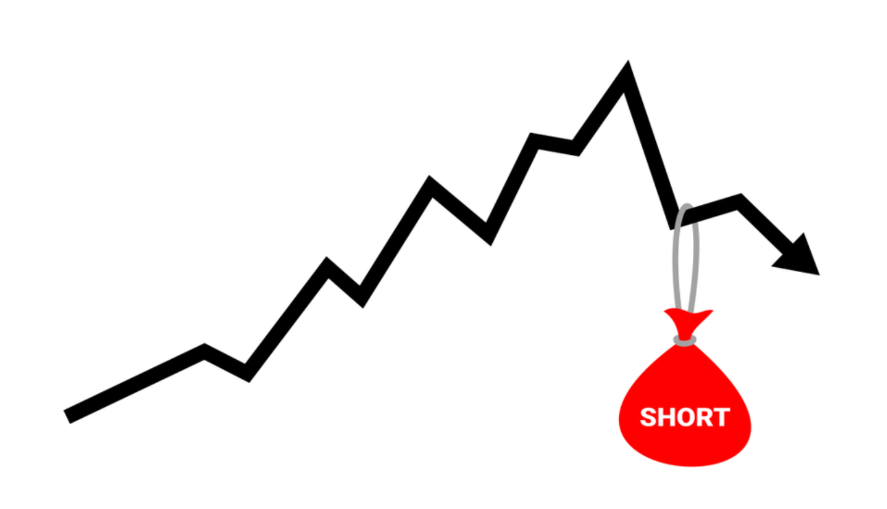Today I want to spend time going over some of the most essential practices that result in consistency.
Trading is very similar to being an athlete. An Olympic athlete spends four years training for a single event at the Olympics. An Olympic 100m sprinter, for example, trains for years for a race that lasts under ten seconds!
I draw this comparison because, for traders, success is the result of the hard work put in for many years. A trader can experience a highly successful trade that lasts fewer than five minutes; however, it resulted from many hours or months of hard work.

The foundation, process, and habits are what ultimately lead to consistency and success in this game.
Without wasting any more time— I’m going to share with you the six essential habits every trader should have, and how to implement them.
Reviewing The Tape
Once again, I can draw a comparison between traders and pro athletes. After an important game, it is common for pro athletes to rewatch the game to identify mistakes in their game.
Traders, and especially new traders, should record their screen during market hours and then spend time rewatching the tape. Specifically, it can be beneficial to watch the open and the close as these are the most volatile periods of the day. Not only will this practice help speed up the learning curve, but it will also allow for nuances and missed opportunities to be identified.
Have a Detailed Trade Plan
A detailed trade plan should be prepared before a trade is placed. This trade plan should include the reason for entering the position, where the trade will be taken off, where a stop will be placed, and how the trade will be managed.
The trade plan can also include certain IF/THEN statements. For example, IF the stock breaks the upward trendline, THEN I will close the position.
Having a trade plan prepared will enable the plan to be followed carefully and help alleviate poor trade and risk management.
Know Where Your Edge Is
A trader should always know which setups are their best opportunities and possess their highest chance of things working in their favor.
Whether a trader is paper trading or trading a live account, a record of all past trades should be kept along with accompanying statistics. Doing this will enable a trader to review all trades and identify where their edge exists.
Risk Management
Risk management is one of, if not the most essential practice of trading. Without sound risk management, there is no consistency or longevity in trading. That is why it is important to always identify the risk before placing a trade. Before a trade is placed, the risk: reward should be weighed up to identify whether the trade provides a favorable reward or not. If it does, then a hard stop should be placed.

For example, if I were to place a hard stop below $8, which supports the bullish pennant, and I believe that the stock can trade to $9, I might buy the stock in the consolidation as I would be risking 20c to make four times that potentially.
I would place a hard stop to protect my downside, and If the trade works, I know that I can achieve four times my risk.
Wait For Confirmation
‘Fomo’ or forcing ideas are two habits that can stunt consistency and growth. Often, it can be easy to trade a stock the way you want it to move, at the beginning of the trading journey, rather than how the stock is actually moving.
Therefore, it is critical that confirmation is always confirmed before a trade is placed.

Confirmation could be an increase in volume, which confirms the continuation of a stock’s uptrend.

Another example of confirmation could be in the form of a higher low. The higher low confirms that the stock remains in an uptrend because demand continues to outweigh the supply.
Routine
Lastly, a routine should be developed and followed to ensure that the mind, body, and soul are always performing at peak performance levels.
A good routine, for example, could include:
- Solid sleeping habits.
- Daily exercise.
- Morning preparation before the market opens.
- Daily journaling to review the day.
The Bottom Line
The above practices play a huge role in a trader developing the correct habits and consistency. One of the keys to developing consistency will be consistently putting these habits into practice because success is not guaranteed. Instead, it is earned over time!







2 Comments
Good confirmation trading thoughts. Appreciate the retraining at least for me because it is easy to not have good habits. Need to keep retraining to remind us how important these lessons are. I have recently found I have not had good stops and now have started using trailing stops which have saved me recently. Had some awesome trades go well and I stop watching them only to look a few days or weeks later to find they became big losses. And I just learned how to set alerts. I have been trading a year now heard about them but had no idea how to set alerts. Just last night I spent hours figuring it out and then set a bunch up. That helps big time. Now more disciplined. Getting better each week I am with you guys. I would recommend maybe a pdf or Power Point on how to set alerts on various platforms. I bet that alone would have helped many other traders. I think Kyle did a good job of training. I probably missed how to set those up if he gave them since I know he used E*trade. I wish I would have caught that lesson if he gave it.
thanks